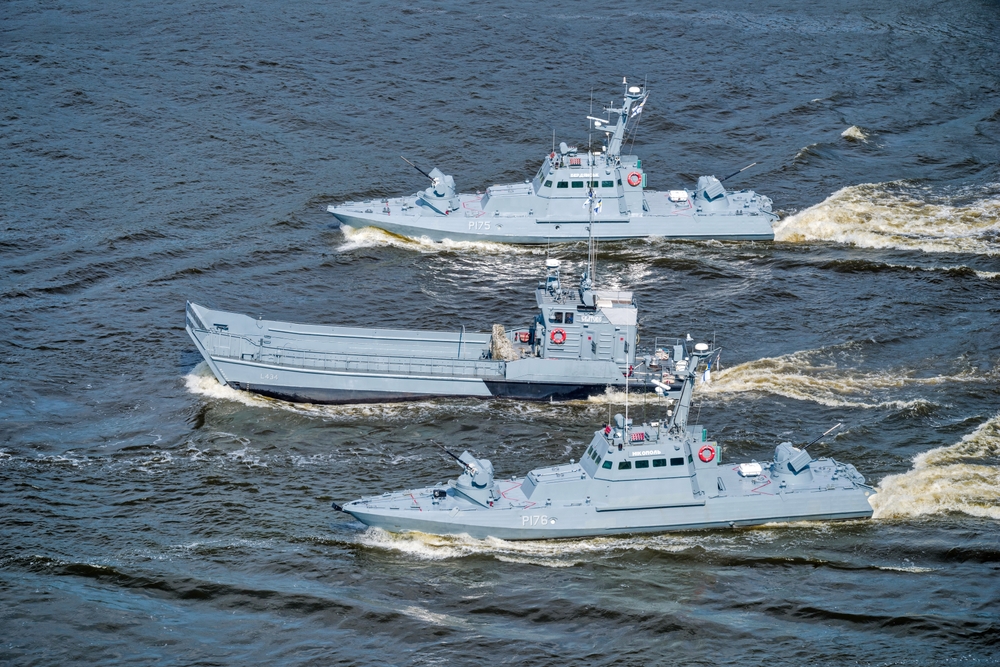Frigates are the unsung heroes of modern navies, versatile, lethal, and packed with technology.
Others are reading now
Frigates are the unsung heroes of modern navies, versatile, lethal, and packed with technology.
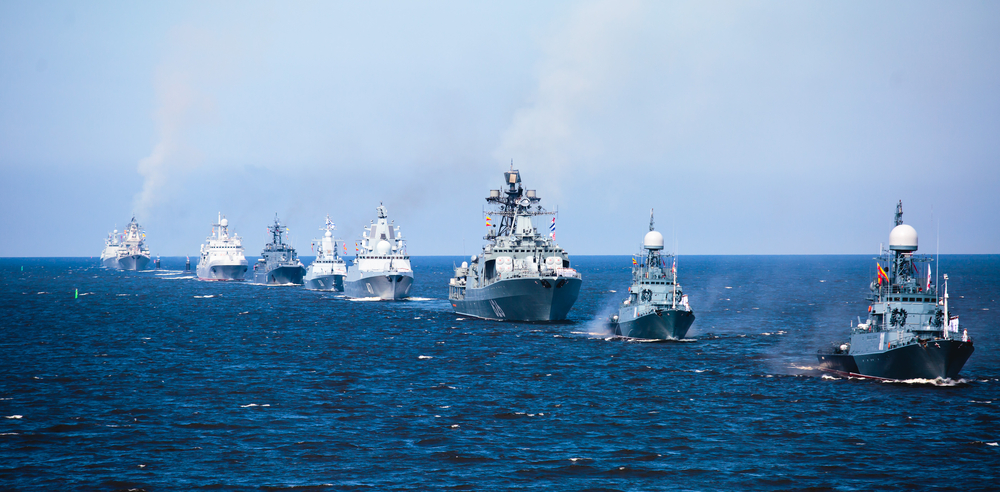
Designed for everything from submarine hunting to missile defense and land-attack missions, these ships are the backbone of maritime operations.
Here’s our countdown of the world’s most powerful and sophisticated frigates today.
FREMM-Class: Europe’s Versatile War Machine
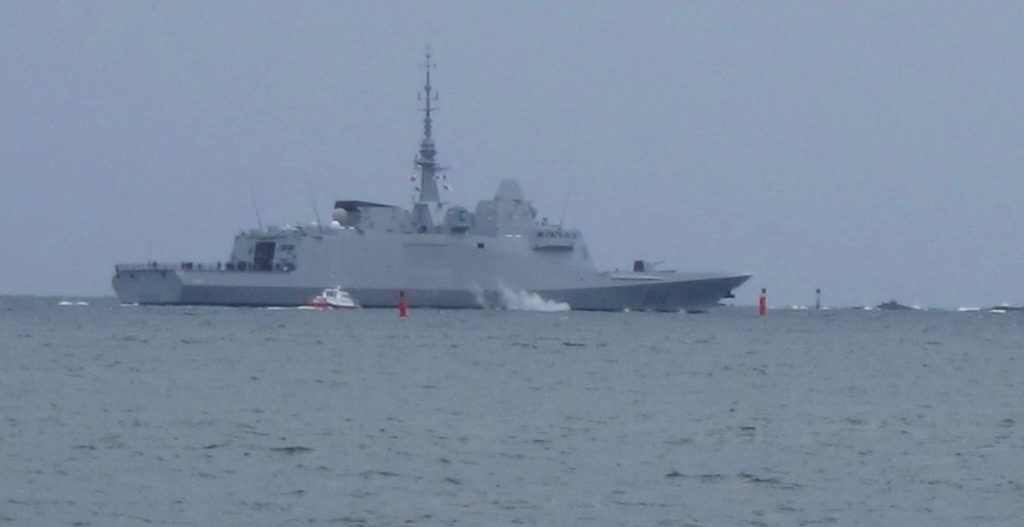
Born from a Franco-Italian collaboration, the FREMM-class frigates are masters of adaptability.
Also read
They can handle anti-submarine warfare, air defense, and land strikes with ease.
With stealthy profiles, powerful long-range missiles, and world-class radar and sonar systems, these ships are a cornerstone of NATO’s naval presence.
Type 23 (Duke-Class): Britain’s Elite Submarine Hunters

The Royal Navy’s Type 23 frigates are engineered for anti-submarine warfare.
Equipped with cutting-edge sonar and torpedoes, they’ve proven their worth in tracking down silent threats beneath the waves.
Thanks to multiple upgrades, they now also offer enhanced protection against air and surface threats.
Álvaro de Bazán-Class: Spain’s Aegis-Armed Defender

Spain’s Álvaro de Bazán-class ships are among the few European frigates fitted with the American Aegis combat system.
Built for long-range air defense, they can detect and destroy missiles and aircraft from afar.
Their powerful radar and missile suite make them a formidable shield in NATO’s fleet.
Admiral Gorshkov-Class: Russia’s Multi-Role Powerhouse
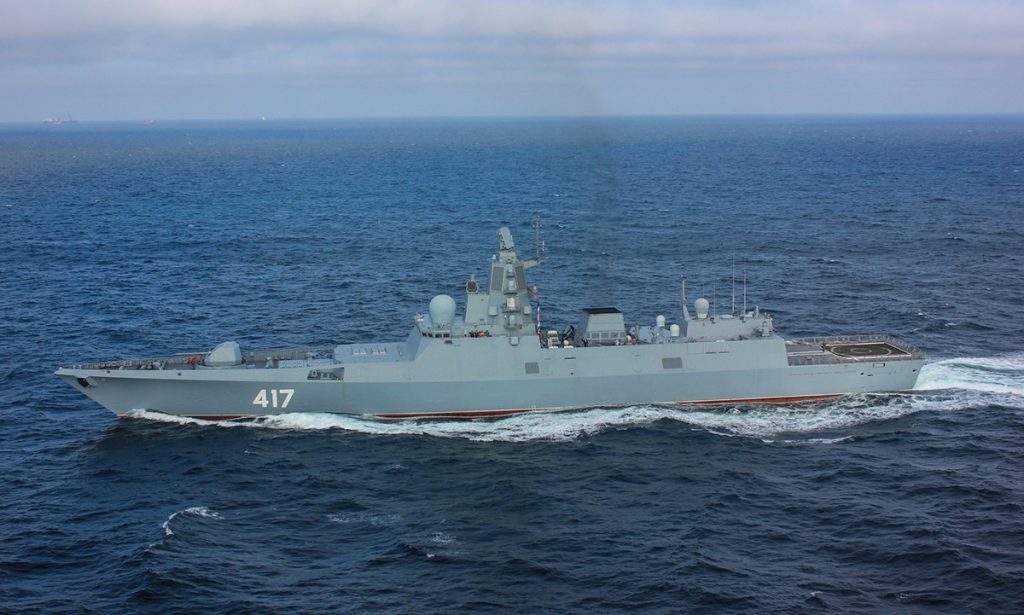
Russia’s Admiral Gorshkov frigates are sleek, modern, and heavily armed.
Capable of launching Kalibr and Zircon missiles, some of the fastest and most destructive weapons in the world, these ships are built for offensive and defensive action across any theater of war.
Sachsen-Class: German Engineering Meets Naval Precision

Germany’s Sachsen-class frigates bring precision and power to NATO’s naval defense.
Designed for air warfare, they boast advanced radar systems and the ability to guide intercept missiles against enemy aircraft and projectiles.
These frigates form a vital shield for task forces at sea.
Constellation-Class: The Future of the U.S. Navy
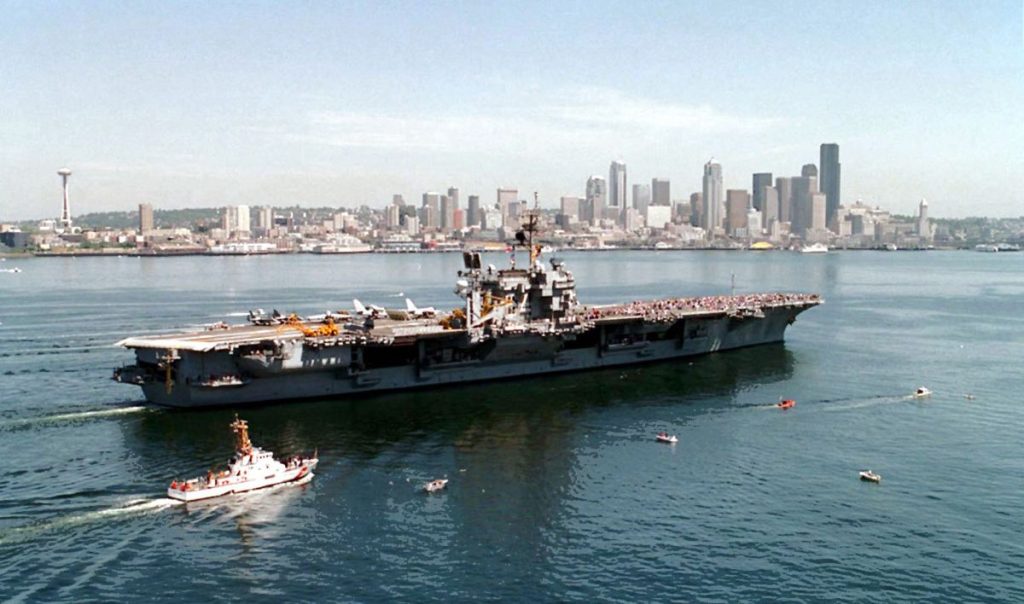
Set to replace older littoral combat ships, the U.S. Navy’s upcoming Constellation-class combines battle-tested systems like Aegis with new-era tech.
Armed with SM-2 and Tomahawk missiles, these ships are designed for dominance in coastal and open-ocean warfare alike.
Iver Huitfeldt-Class: Danish Firepower, Global Reputation
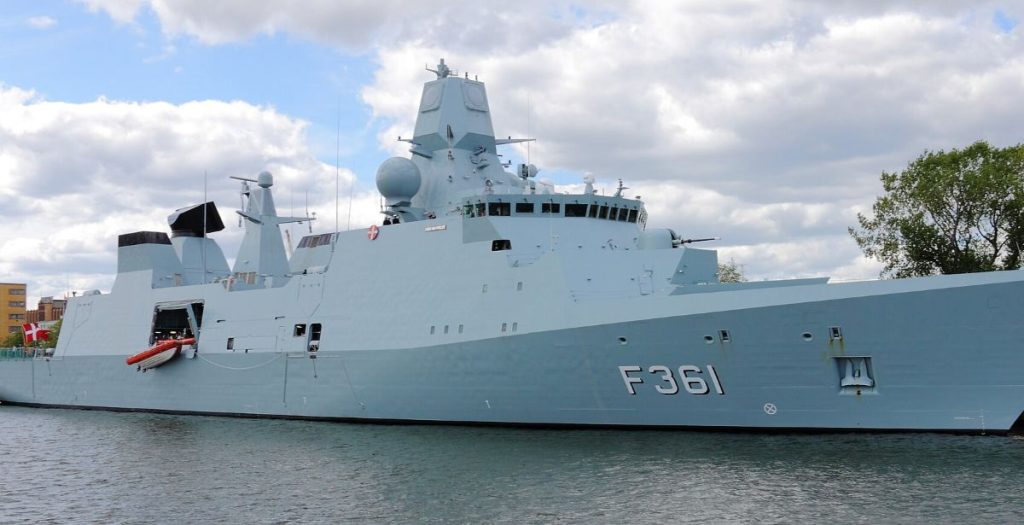
Denmark’s Iver Huitfeldt-class frigates are proof that efficiency doesn’t mean compromise.
With over 32 vertical launch cells, advanced radar, and flexible mission modules, these ships offer serious firepower at a fraction of the cost of their international counterparts.
Type 26: Britain’s Global Combat Ship

Built for the Royal Navy and export partners like Australia and Canada, the upcoming Type 26 will be a silent predator.
With top-tier anti-submarine capabilities, stealth design, and long-range firepower, it’s poised to become one of the world’s most effective multirole combat ships.
Sejong the Great-Class: South Korea’s Missile Giant
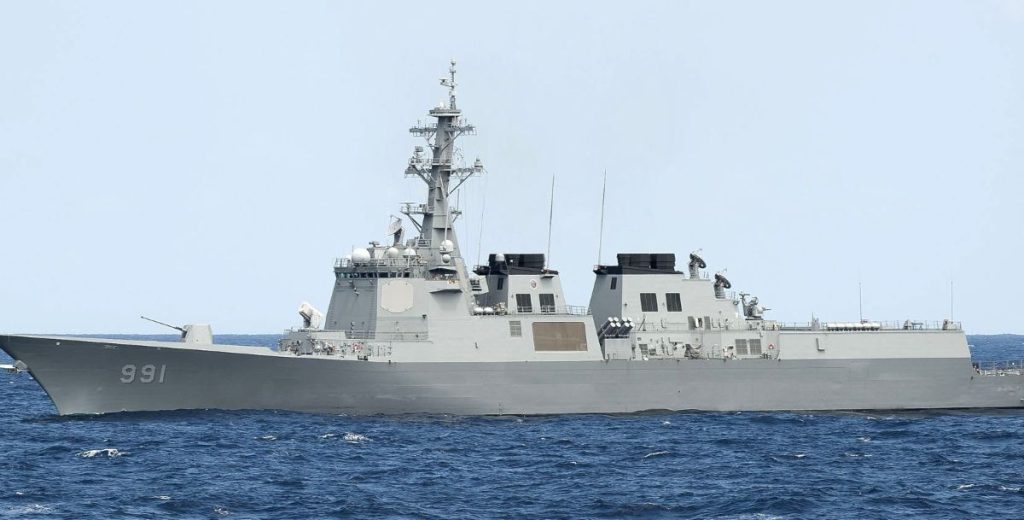
South Korea’s Sejong the Great-class ships are frigates in name, but destroyers in stature.
Outfitted with more than 120 missile cells and the most advanced Aegis system outside the U.S., these giants of the sea can take on both ballistic missiles and enemy fleets with ease.
Zumwalt-Class: America’s Stealth Titan
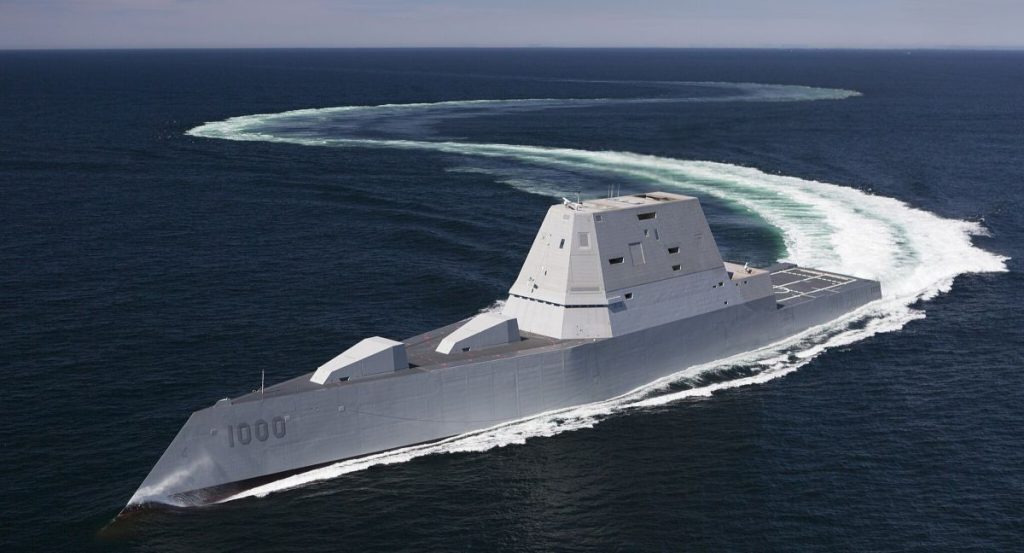
Though technically a destroyer, the futuristic Zumwalt-class shares many roles with next-gen frigates on steroids.
With a radical stealth profile, electric propulsion, and the capacity for hypersonic weaponry, this ship is a floating laboratory of naval warfare’s future.

